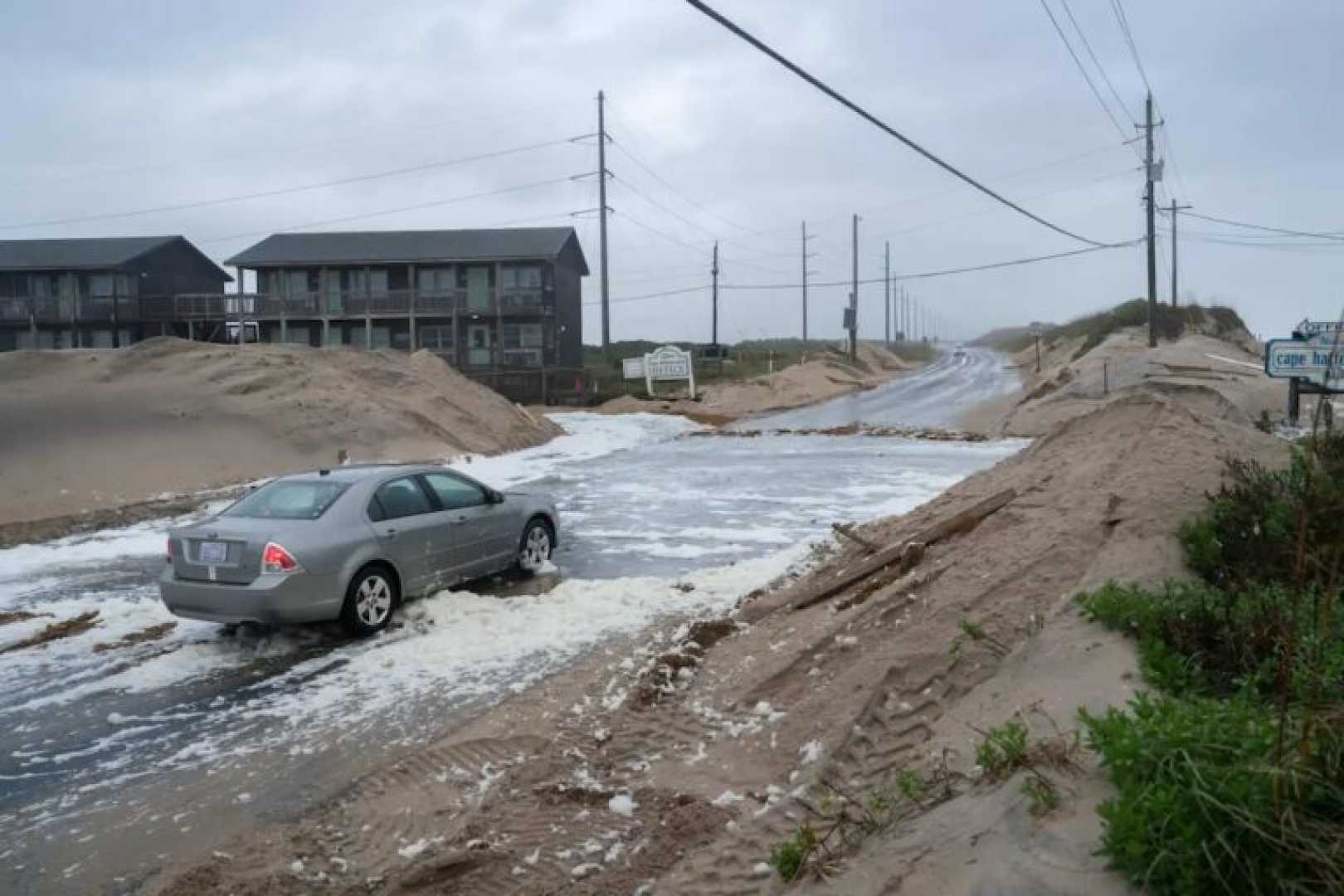News
Severe Storms Cause Coastal Flooding and Damage Across East Coast

Atlantic City, New Jersey – Powerful storms are battering the mid-Atlantic and Northeast coastlines as a nor’easter continues to impact the region for a third consecutive day. At least three deaths have been reported due to the severe weather.
The storm has disrupted air travel at major Northeast airports and triggered significant flooding in South Carolina. High tide on Monday saw ocean water surge onto roads along the mid-Atlantic coast.
This coastal storm, known as a nor’easter, is characterized by winds from the northeast that push water toward the shore, leading to beach erosion and flooding. More than a dozen river gauge locations along the East Coast reached moderate flood stage during Monday afternoon’s high tide, with the New Jersey coast among the hardest hit.
In Rehoboth Beach, Delaware, residents faced strong winds and rough seas. Water levels in the area peaked at just shy of moderate flood stage on Sunday and continued to climb on Monday afternoon, prompting road closures.
A voluntary evacuation order is in effect in Bowers Beach, Delaware. The Delaware National Guard has been deployed to assist with storm-related concerns, as announced by the state’s emergency management agency.
New York Governor Kathy Hochul issued a coastal flood warning for eight counties in the southern part of the state, including New York City and Long Island, effective until 8 p.m. Monday.
Travel along North Carolina Highway 12 was made dangerous by flooding, and beach erosion in the Outer Banks raises ongoing concerns about property safety.
As the storm moves north, winds gusting up to 45 mph are expected to continue affecting areas from New Jersey to southern New England through Monday. Authorities caution that these wind speeds can resemble those seen in a tropical storm.
The nor’easter is expected to pull away from the coast by Tuesday, bringing drier weather and decreasing winds as high pressure builds behind it.












